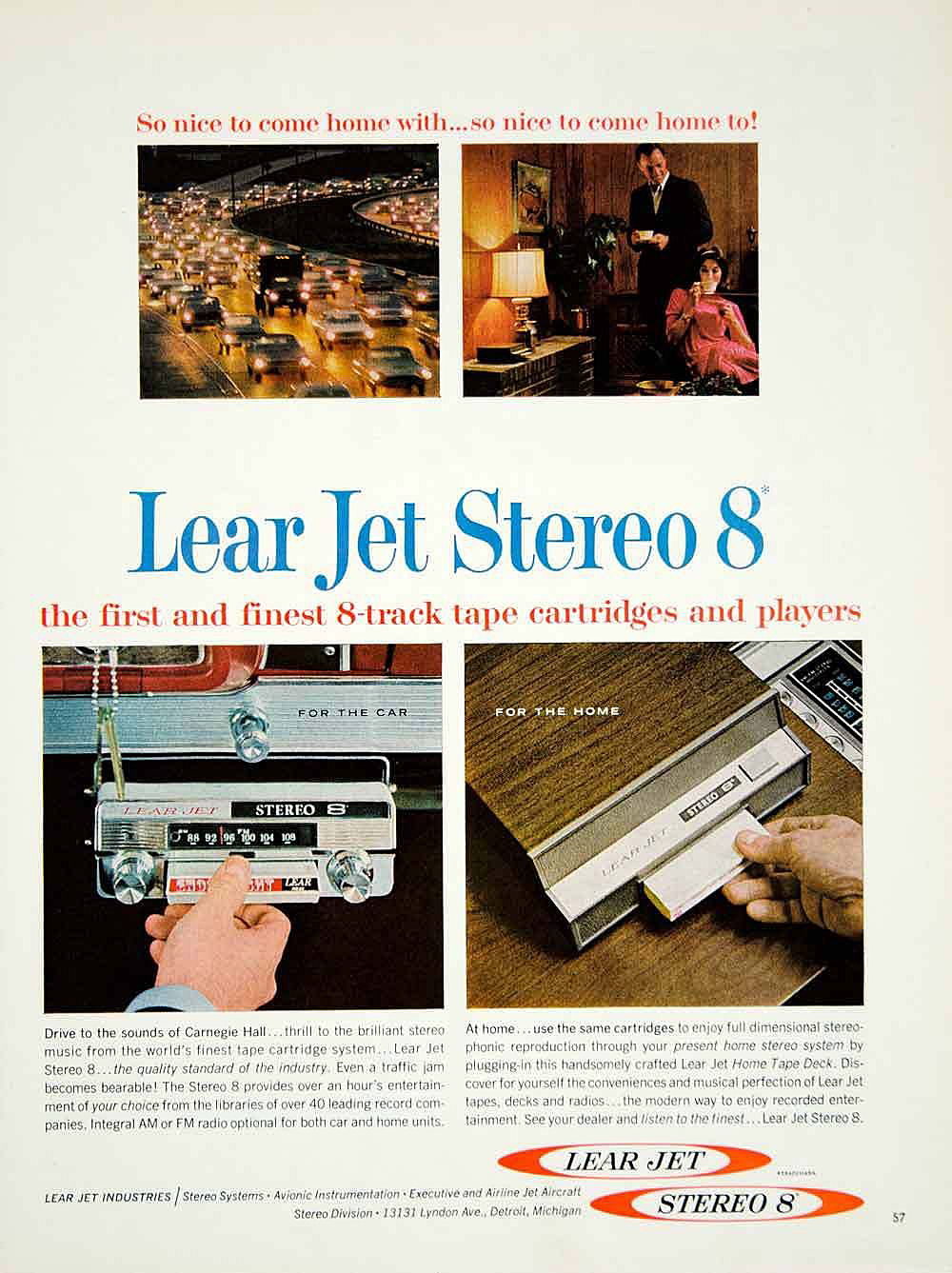
![]()
 From the MCRFB news archive: 1965
From the MCRFB news archive: 1965
NEW YORK — The Ford Motor Co. is scheduled to offer stereo cartridge playback units as optional sound equipment in its 1966 models, Billboard learned last week. Motorola will go on production in June on stereo tape players designed for installation in the Ford lines, it was also learned.
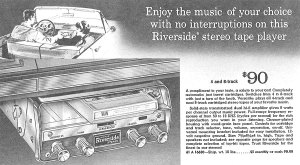
This was revealed to Billboard by highly placed sources in Detroit who said that Ford will unveil its Motorola-built dash integrated tape units with its 1966 model cars.
These sources said that at this time it was not known whether the Motorola unit will be able to take as well the established four-track continuous loop cartridge. According to one top executive, Ford will follow a wait-and-see policy during the next few months to determine whether its equipment will be a compatible unit or eight-track only.
Depends on Acceptance
“A lot depends on market acceptance to Lear’s eight-track system,” he said. “If it takes off and it appears the one everybody is going for, Ford will stick to an eight-track playback. If the market seems to be divided, we’ll have to take to compatible route.”
In an exclusive report, Billboard last week revealed that RCA Victor has concluded an agreement with Bill Lear of Lear Jet whereby RCA will make its recording available for car and home in the Lear-developed eight-track stereo cartridge. It also revealed that Victor will unveil this system before the disk industry early next month, at time it will offer duplicate recordings for all labels in the Lear cartridge.
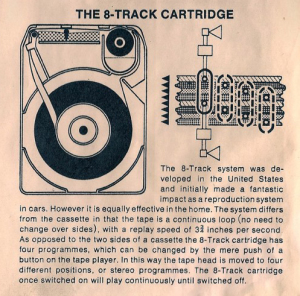
The four-track continuous loop system use a Fidelipak-type and tape deck which employs a pinch-roller within the deck. This flips up into place to transport the cartridge-enclosed tape. The Lear eight-track continuous loop system include a pinch-roller within each cartridge.
Both systems operate operate at 3 3/4 ips. The number of tracks utilized (four vs. eight) is said to be of negligible difference, since those now in four-track claim they can easily produce eight-track tape. Basic difference between the two systems is not in the tracks but lies in the placement of the pinch roller — whether a single roller is situated within the tape deck or whether a separate roller is included in each cartridge assembly.
According to Billboard’s source (he prefers not to be quoted by name), it would cost considerably less to produce a single-system playback than the more sophisticated compatible machine.
The same wait-and-see attitude evident at Ford-Motorola was reflected by key record labels within the industry. Alan Livingston, Capitol Records president, told Billboard he was still hoping that a single system will emerge in this field. Livingston’s call for standardization was exclusively reported by Billboard in its March 20 issue.
Livingston said he was asking that research for the continuing improvement of the existing equipment be stopped, but would hope that various manufacturers would strive to constantly produce better playback units.
“All I want is that we settle on a system — whether it’s four-track or eight-track, or whatever — before the industry gets rolling on tape cartridges for car units,” Livingston said. “I would like to see us avoid another battle of the speeds if it can be done. We will be making cartridges for this field, and it would be best for all concerned that these cartridges be interchangeable from one playback to another.”
Livingston refused to state which system he personally prefers, and said he was so eager for standardization in this field “I’d even go along with a system I don’t like as well just to spare the market the confusion of having to stock multiple versions of the same recordings.” Livingstone told Billboard that Capitol intends to duplicate and market its own cartridges when it enters the field.
Bill Gallagher, Columbia Records vice-president in charge of marketing, told Billboard: “Columbia is following a policy of watchful waiting. We believe we have the most important music catalog in the industry. If a product form arrives on the scene that will give us an additional market for this great catalog, we will certainly market it in that form.”
A similar reaction came from Sid Goldberg, Decca’s sales vice-president, who said his firm “has been carefully watching this scene for sometime, but until it is established what the prevailing system will be, we will stay out of it. Once the system has been established and a market is still there, rest assured Decca will make its product and tape duplicating facilities available to that market.” END
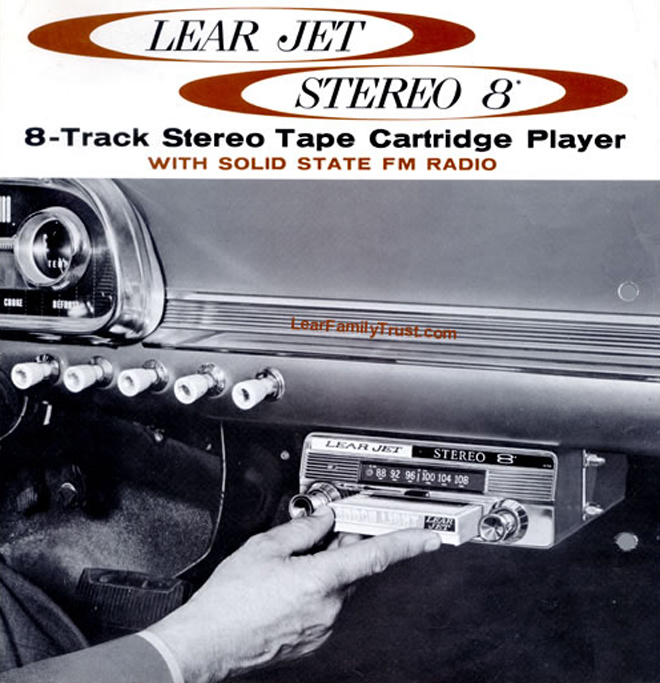
(Information and news source: Billboard; April 3, 1965).
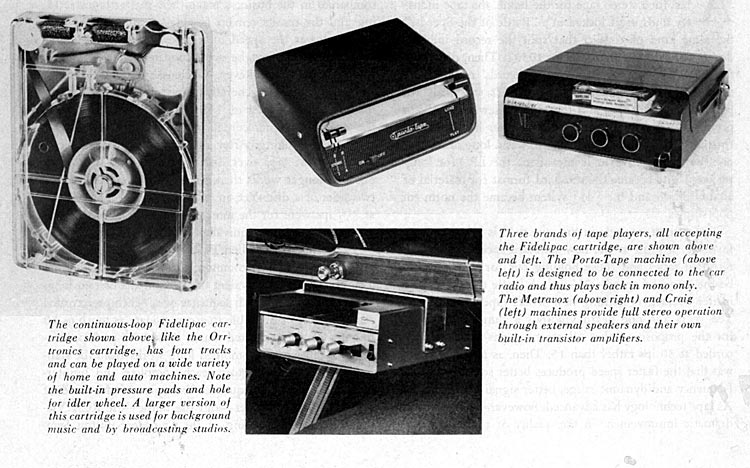
![]()